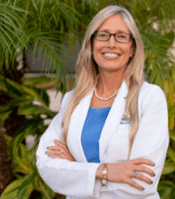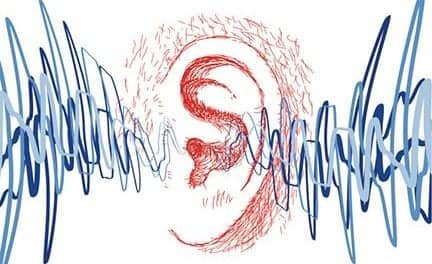Talking about the cost of a hearing aid is probably the most difficult aspect of the job for many hearing care professionals. Stacy O’Brien, AuD, owner of Florida-based Atlantic Hearing Balance and Tinnitus Center, doesn’t particularly like it either, but she believes complete transparency is the best way forward.
“We talk early on about pricing so patients know the range before we get started,” she says. “We always find a way to help through our foundation and/or financing, so we’re taking the elephant out of the room.”
Those who qualify for help from O’Brien’s foundation may be able to get donated hearing aids, and staff/audiologist time, at no charge. Other patients are offered multiple options to pay via financing, with many opting for 12-month no- or low-interest programs.
It’s a delicate topic, but O’Brien reports that, “Patients are grateful. Without the financing options, we would have many patients who maybe could not move ahead. There are quite a few patients who just won’t spend money on themselves because they’re taking care of other people. However, they can swallow a lower monthly payment versus a big one-time chunk.”
Once the elephant is out of the room, there is space for education, diagnostics, and relaying the real value of hearing care. At Atlantic Hearing, it starts with an extensive evaluation and diagnostic process. The goal is to provide “life-changing education” and “ear care for life.” The full gamut of care can include treatment for ear wax, itchy ears, hearing loss prevention, vestibular issues, cochlear implants, tinnitus care, and hearing aids.
Related Article: Emphasizing Patient Care in the OTC Era
O’Brien uses real-ear systems in every room to ensure there is “no guessing at what the sound is doing in the ear canal.” By the time she is done with the process, there is objective evidence and patients know they are in good hands. “When you get done with the diagnostic process and you have to talk about treatment, you have earned the right to make the recommendation,” O’Brien muses. “You have earned their trust.”
Audiologists who meticulously address all concerns and resist the urge to rush may indeed have a patient for life. O’Brien admits that even she got to a point where, “I was letting the schedule tell me what I was going to do with patients.” In response, she took a step back over the last two years in a conscious attempt to slow down. “We were able to revamp and make sure we stuck to our mission,” she says, “and our mission is ear care for life.”
In hearing, the “rehab” amounts to making sure the hearing aid fits appropriately and all best practices are followed. Acclimatizing patients to the new sounds they’re hearing also plays a role. “You’re not guessing,” O’Brien adds. “The patient can’t be given all that sound on Day 1. Make sure there’s no reason they want to take them out. Sometimes we’re able to creep up that prescription, and then we see them a few weeks later. For most patients, within three weeks we can get them to full prescription strength and they’re not having to adjust them in their ears.”
Circling back to the theme of transparency, O’Brien stresses that risks of untreated hearing loss are real and follow-up is necessary. She puts it this way: “[When taking some factors into consideration], untreated hearing loss could be worse than smoking now for death rate. And as far as follow-up, we liken it to knee replacement surgery. You could have the best surgeon, the best artificial knee, but if you don’t do the rehab, what is it worth?”
About the author: Greg Thompson is a freelance writer and a former editor of Physical Therapy Products and other publications. He is based in Loveland, Colo.
Image: ©Gualtiero Boffi | Dreamstime






